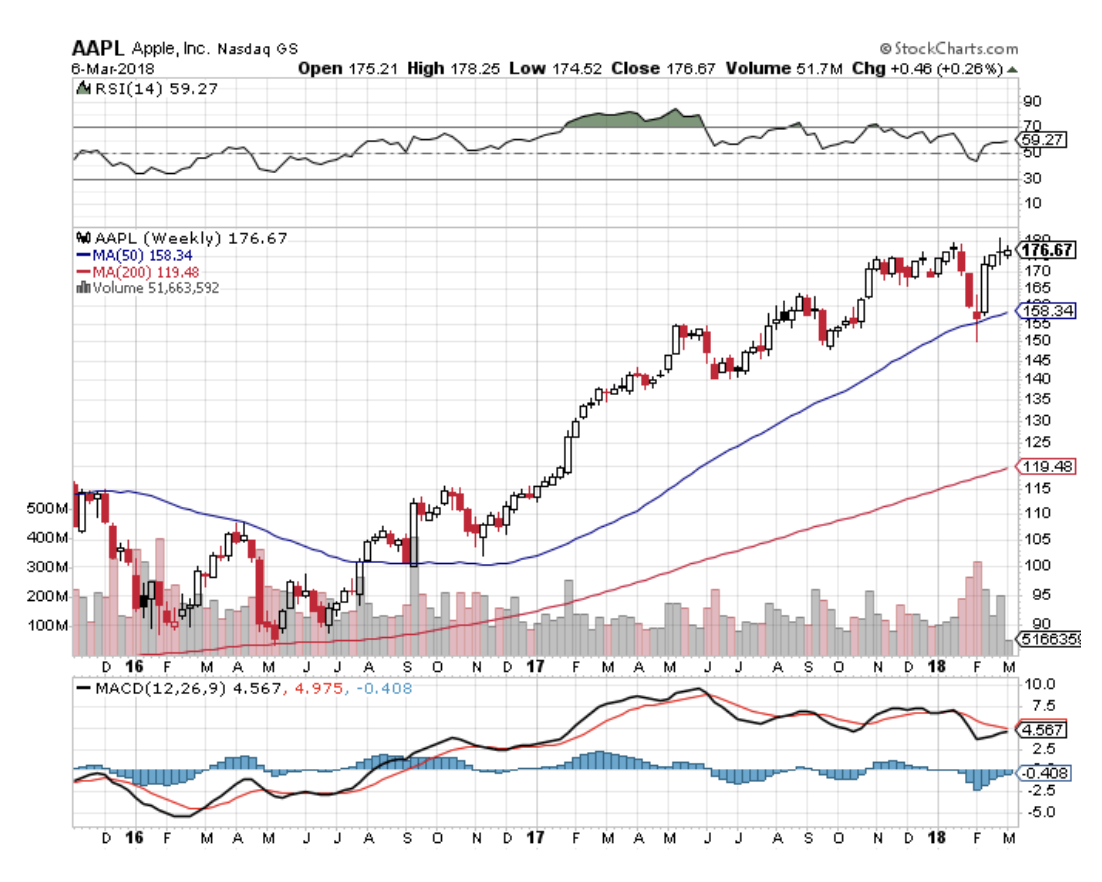How would you like to make 15 or 20 cents on every dollar invested? That is what we have been doing many times a month all year, and in fact, since Mad Hedge started 16 years ago.
Would you like to make better than that, say 100% a year? How about 1,000% a year?
Such a return is likely, if not probable. All you have to do is learn about LEAPS.
LEAPS, or Long Term Equity Participation Securities, are just a fancy name for a stock option with a maturity of more than one year.
You execute orders for these securities on your options online trading platform, pay options commissions, and endure option-like volatility.
Another way of describing LEAPS is that they offer a way to rent stocks instead of buying them, with the prospect of enjoying many years’ worth of stock gains for a fraction of the price.
While this may sound risky, in fact, 39 of the 40 LEAPS I have issued over the last three years have expired at maximum profits of 100%, 1,000%, or even 2,000%
Do I have your interest now?
While these are highly leveraged instruments, you can’t lose any more money than you put into them. Your risk is well-defined.
And there are many companies in the market where LEAPS are a very good idea, especially on those gut-wrenching 1,000-point down days, which may be coming soon.
Interested?
Currently, LEAPS are listed all the way out until June 2027.
However, the further expiration dates will have far less liquidity than near-month options, so they are not a great short-term trading vehicle. That is why limit orders in LEAPS, as opposed to market orders, are crucial.
These are really for your buy-and-forget investment portfolio, defined benefit plan, 401k, or IRA.
Because of the long maturities, premiums can be enormous. However, there is more than one way to skin a cat, and the profit opportunities here can be astronomical.
Like all options contracts, a LEAPS gives its owner the right to "exercise" the option to buy or sell 100 shares of stock at a set price for a given time.
LEAPS have been around since 1990 and trade on the Chicago Board Options Exchange (CBOE).
To participate, you need an options account with a brokerage house, an easy process that mainly involves acknowledging the risk disclosures that no one ever reads.
If a LEAPS expires "out-of-the-money" – when exercising, you can lose all the money that was spent on the premium to buy it. There's no toughing it out waiting for a recovery, as with actual shares of stock. Poof, and your money is gone.
LEAPS are also offered on exchange-traded funds (ETFs) that track indices like the Standard & Poor's 500 index (SPY) and the Dow Jones Industrial Average (INDU), so you could bet on up or down moves of the broad market.
Please note that these options are illiquid, and it may take some work to get in or out. Executing these trades is more an art than a science.
Notice that the day-to-day volatility of LEAPS prices is miniscule, less than 10%, since the time value is so great, and you have a long position simultaneously offset by a short one.
This means that the day-to-day moves in your P&L will be small. It also means you can buy your position over the course of a month, just entering new orders every day. I know this can be tedious but getting screwed by overpaying for a position is even more tedious.
Not all stocks have options, and not all stocks with ordinary options also offer LEAPS.
Note that a LEAPS owner does not vote proxies or receive dividends because the underlying stock is owned by the seller, or "writer," of the LEAP contract until the LEAP owner exercises.
Despite the Wild West image of options, LEAPS are actually ideal for the right type of conservative investor.
They offer more margin and more efficient use of capital than traditional broker margin accounts. And you don’t have to pay the usurious interest rates that margin accounts usually charge.
And for a moderate increase in risk, they present outsized profit opportunities.
For the right investor, they are the ideal instrument.
Let me go through some examples to show you their inner beauty.
By now, you should all know what are vertical bull call debit spreads. If you don’t, then please click here for a quickie video tutorial (you must be logged in to your account).
Let’s go back to February 9 when the Dow Average plunged to its 23,800 low for 2018. I begged you to buy the Apple (AAPL) June 2018 $130-$140 call spread at $8.10, which most of you did. A month later, that position is worth $9.40, up some 16.04%. Not bad.
Now let’s say that instead of buying a spread four months out, you went for the full year and three months to June 2019.
That identical (AAPL) $130-$140 would have cost $5.50 on February 9. The spread would be worth $9.40 today, up 70.90%, and worth $10 on June 21, 2019, up 81.81%.
So, by holding a 15-month-to-expiration position for only a month, you get to collect 86.67% of the maximum potential profit of the position.
So, now you know why we leap into LEAPS.
When the meltdown comes, use this strategy to jump into longer term positions in the names we have been recommending and you should be able to retire early.




